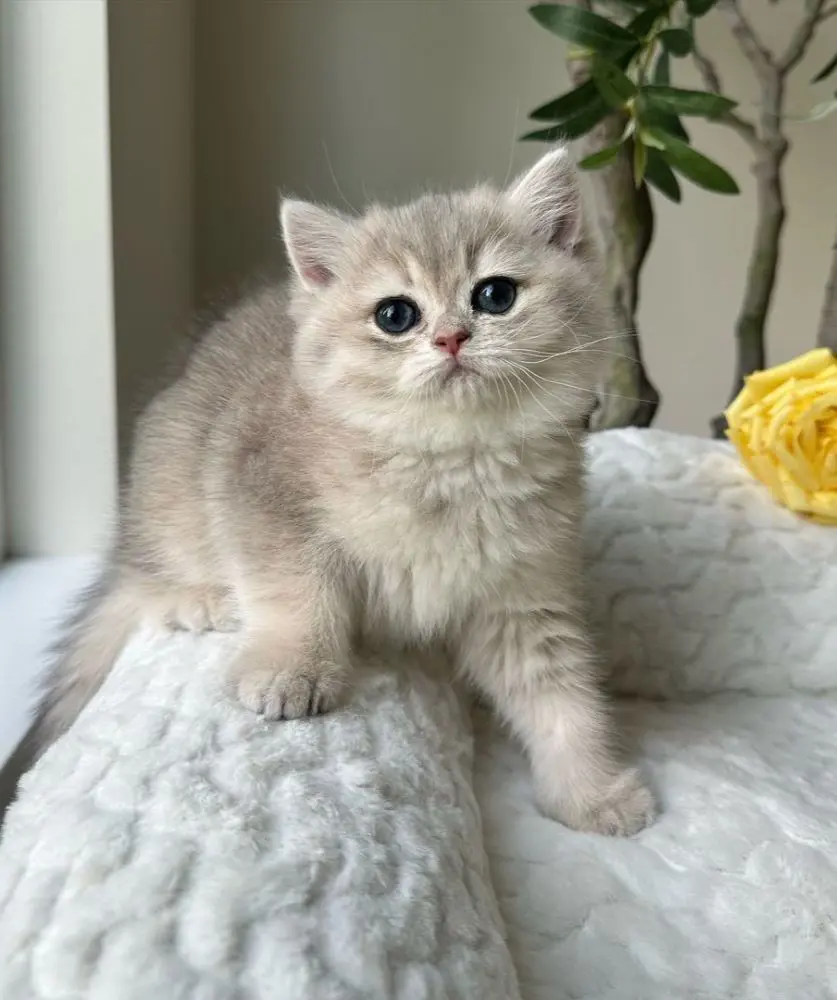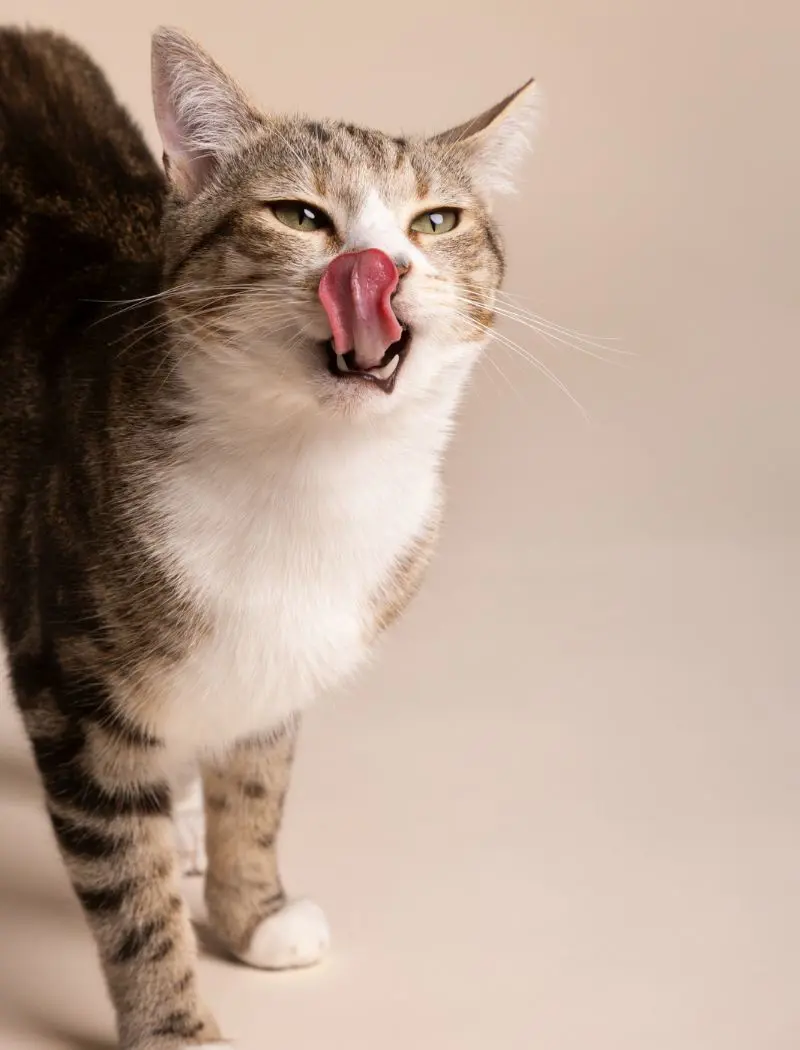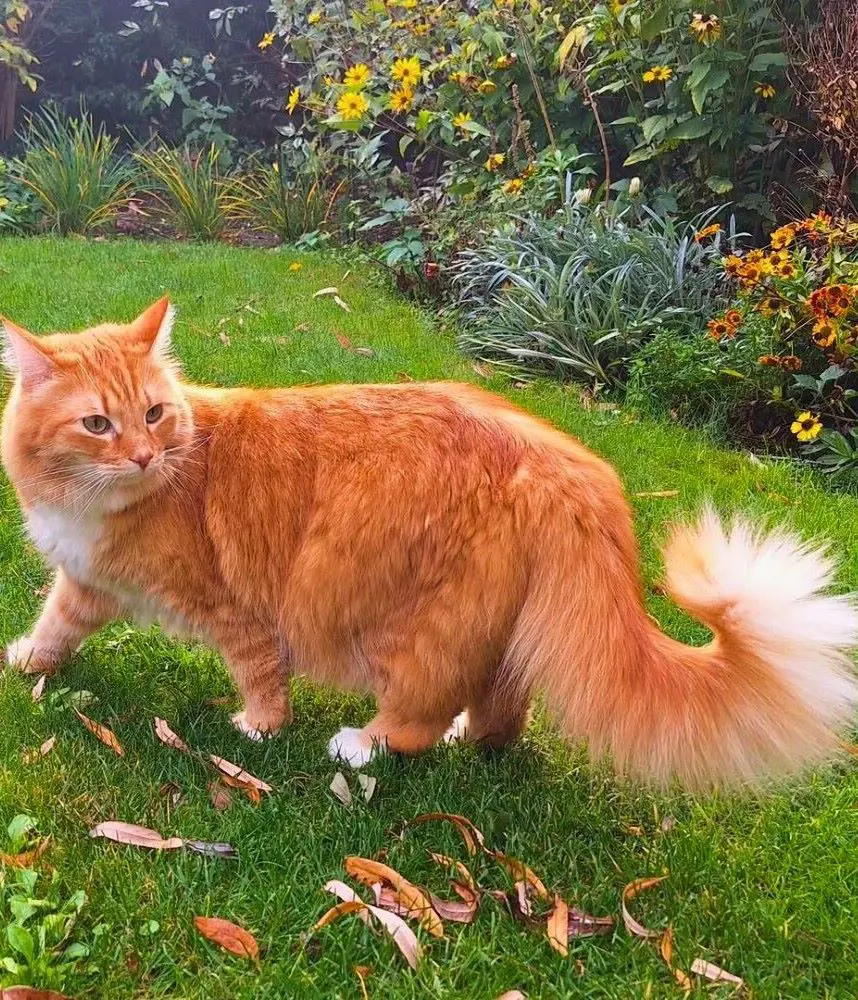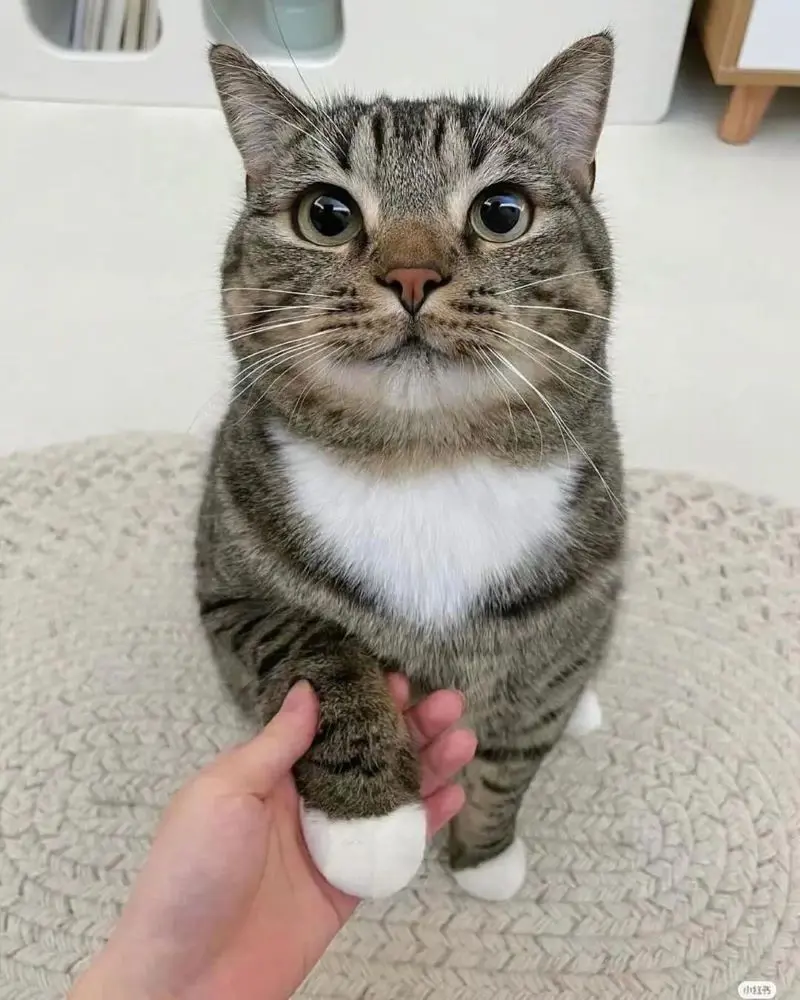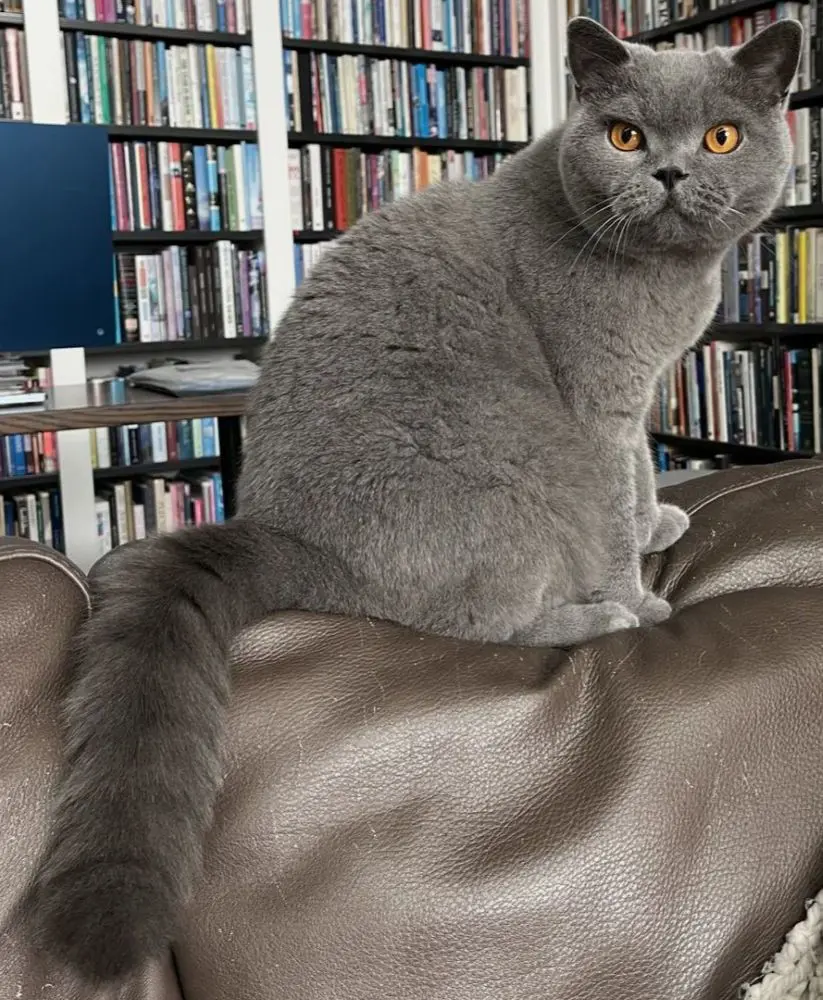Why Is My Cats Fur Matted: Causes, How To Prevent And Detangling Tips
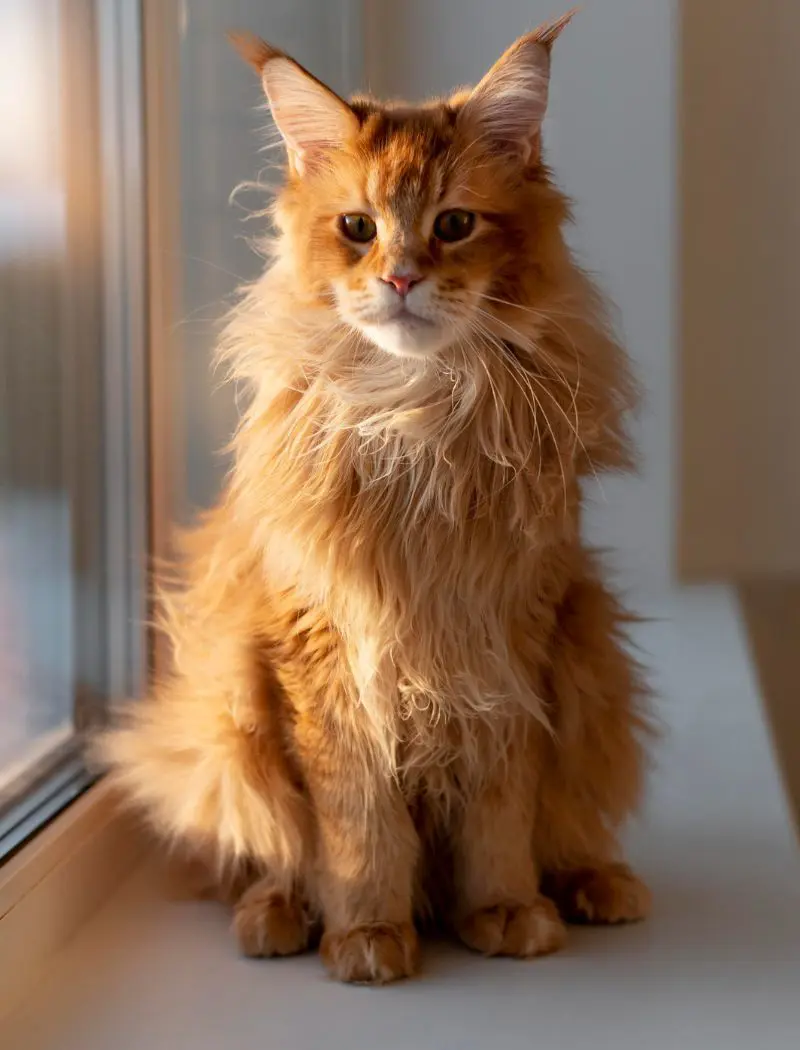
Matting occurs when a cat's fur becomes knotted or messy and can become painful if it is ignored. It usually happens in areas where there is a lot of friction such as around the collar or between the legs.
It is important to understand why your cat's fur becomes matted and how you can prevent it to maintain their well-being. This article explores the causes, prevention, and methods of detangling unkempt hair in cats.
Causes Of Matted Fur
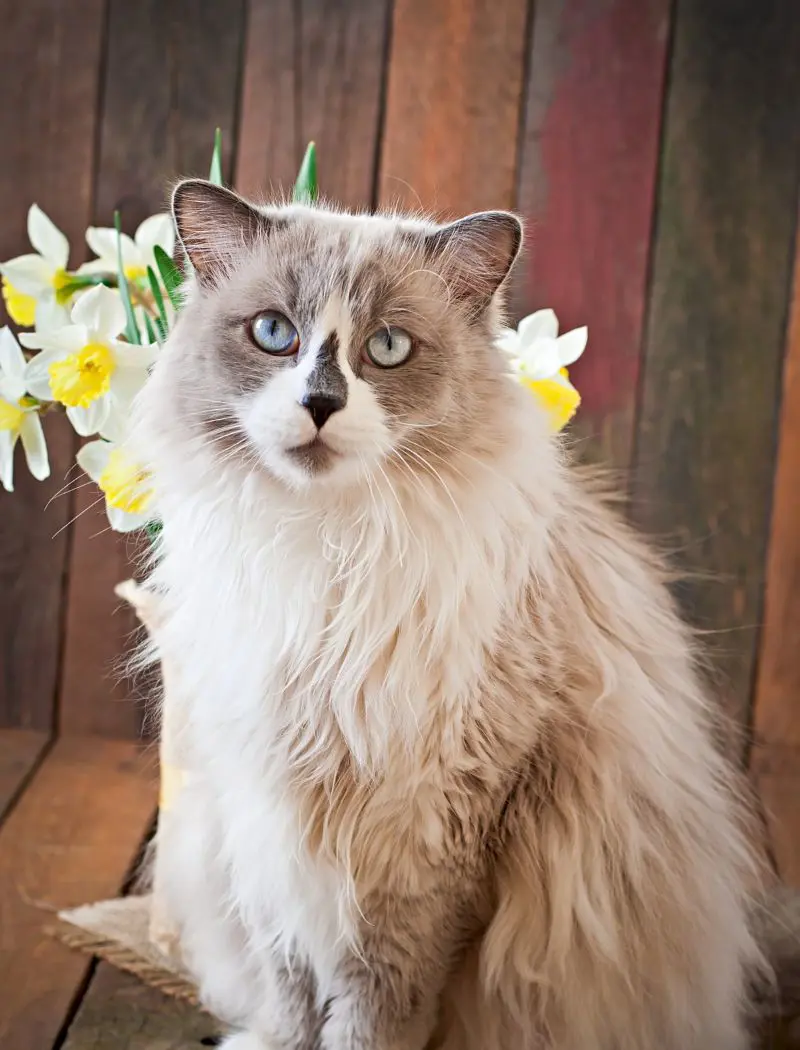
Lack Of Grooming
Cats are naturally clean animals that spend a lot of time maintaining themselves by using their rough tongues to remove dirt and tangles. When this natural grooming process is disrupted, mats and tangles can form.
They may not groom as effectively due to age, illness, or obesity, which can limit their flexibility and energy levels. Cats experiencing pain or lethargy may not groom as much or they may only focus on certain parts of their body, which can leave others prone to matting.
It is the responsibility of the owner to step in and groom them when cats are unable to do so. Regular brushing and combing play an important role in helping prevent it.
Long Or Dense Coats
Cats with long or dense coats can face more challenges to maintain their hair. Individual hair strands can be long and easily become tangled, especially when they shed loose hairs that get trapped in the coat.
Dense coats also tend to hold onto the hair more tightly, which makes it harder for loose fur to fall away naturally. These hairs can form knots or mats that grow larger over time, making them more difficult to remove if not addressed in time.
Shedding And Loose Fur
This is one of the most common causes and is especially seen during seasonal changes when the coat naturally sheds more. Cats shed their fur to maintain a healthy and comfortable coat which can easily become tangled with the rest of the fur when loose hair is not removed.
Excess fur can become trapped and create tangles in areas like armpits and behind the ears if they are not regularly brushed as these areas are harder for cats to groom. Cats that spend most time indoors can still shed fur, but it is less noticeable compared to outdoor cats.
Moisture Or Dirt
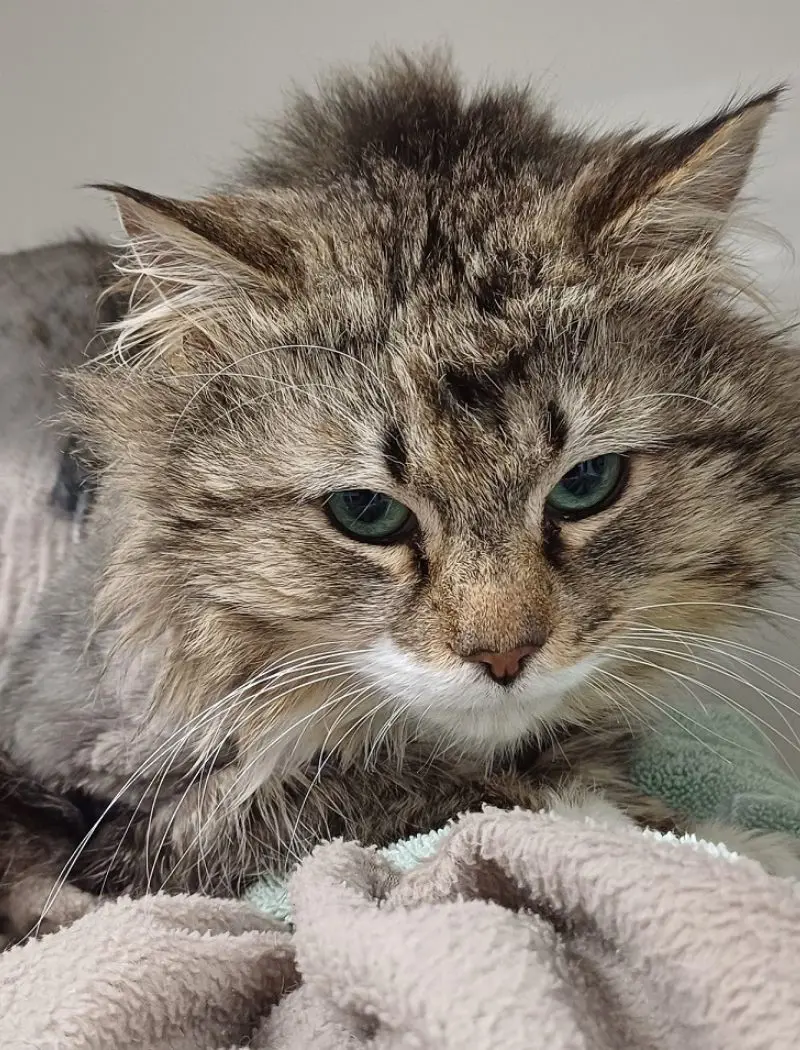
Exposure to rain or damp environments can lead to moisture buildup which makes the fur heavier and more likely to tangle in areas where it rubs against itself or other surfaces. Cats with long hair are more prone to this as damp fur is harder to manage and can cause the hair to clump together.
Dust and dirt can cause matting when it's trapped in their fur. The trapped dirt works its way into the coat and clumps together with the natural oils which can lead to mats. Cats that roll in dirt may also collect particles that act as a binding agent and cause the fur to stick together.
Health Conditions
A cat suffering from an illness or discomfort may not groom properly, which allows mats to form in areas that are hard to reach or where their mobility is limited. Certain medical issues can directly affect their fur and skin, making them more prone to tangling.
A sick cat may also experience changes in its grooming behavior due to lethargy or lack of energy, which can result in a lack of attention to the fur. This neglect can lead to tangles and mats over time, especially if they are combined with environmental aspects like losing fur or moisture.
It is important to monitor your cat if you notice a change in grooming patterns as it can be a sign that they are experiencing some unease or illness.
Collars Or Harnesses
Collars and harnesses can cause matting if they are worn too tightly or left on for extended periods without regular adjustments. They can result in this problem in the areas where the color or harness makes contact with the fur.
A tight collar can cause friction against the fur, leading to tangles and if it is left on for too long, it can trap water content which can also cause this problem. This is particularly true for those with long or dense fur, as the trapped particles can make it more likely to become knotted.
Harnesses that cover a large portion can also cause this issue as they can rub against their fur. If the harness is not adjusted properly, it can create pressure points that can interfere and leave certain areas of the coat more prone to tangling.
Stress Or Anxiety
Cats can experience stress due to changes in their environment or routine and may stop grooming as regularly as they normally would. Grooming is a natural way for cats to relax and manage their emotions which they might neglect when feeling stressed or anxious.
Cats under stress can also over-groom, focusing on one particular area. This excessive grooming can result in patches of fur becoming damaged or reduced, but it can also cause mats if the cat's tidying approach is uneven.
To reduce stress-induced matting, it’s important to create a calm and consistent environment for your cat. Providing plenty of safe spaces, ensuring regular feeding times, and maintaining a quiet atmosphere can help alleviate anxiety.
Poor Nutrition
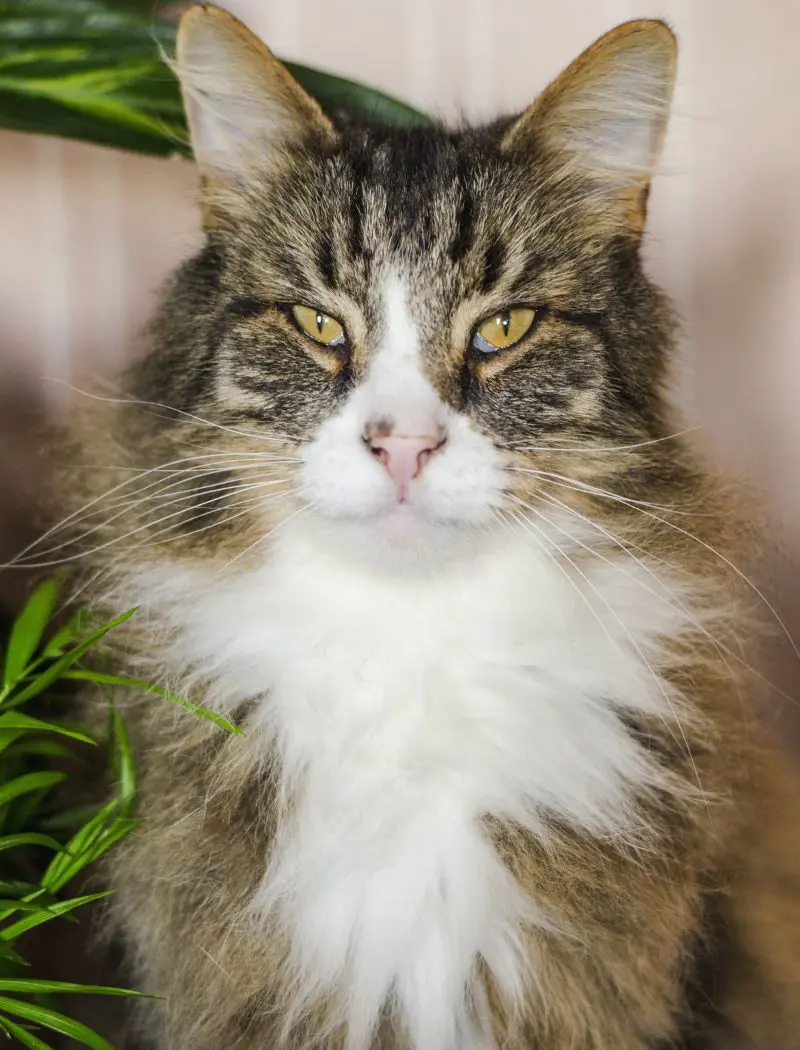
A lack of essential nutrients in a cat’s diet can directly affect the condition of its covering, leading to dry, brittle fur that is more likely to cause this challenge. An inadequate intake of protein, which is essential for their fur health, can weaken the covering and increase the likelihood of clumps.
Cats that are not receiving the right nourishment have less stamina or feel discomfort, which can lead to reduced grooming. Without regular grooming, tangles and mats can develop, especially in areas that are harder for the cat to reach, such as the back or legs.
Inactivity
Matted hair can be caused in cats that are inactive and remain in one place for longer periods as the hair flattens and natural oils from the skin may build up. This can happen on the back, sides, or underarms as these areas come in frequent contact with surfaces.
When cats lie down for longer periods, the surface compresses the hair to twist, tangle, and eventually form tight mats. The natural oils combined with shed hairs that are trapped create the perfect environment for mats to develop and worsen over time.
Rough Play Or Activity
Rough play such as rolling, wrestling, or running through the grass can twist and tangle the hair in high-friction areas like the chest. This may also cause dirt, small twigs, or leaves to get caught in their fur which can create tight knots and turn into mats if not addressed.
This is more common in cats with long hair due to the density and texture of their fur. Their fur may become matted if it is already a bit tangled or if their grooming is interrupted by excitement. It is important to brush them regularly to prevent this problem and contribute to healthy hair.
How To Prevent Matting In Cats
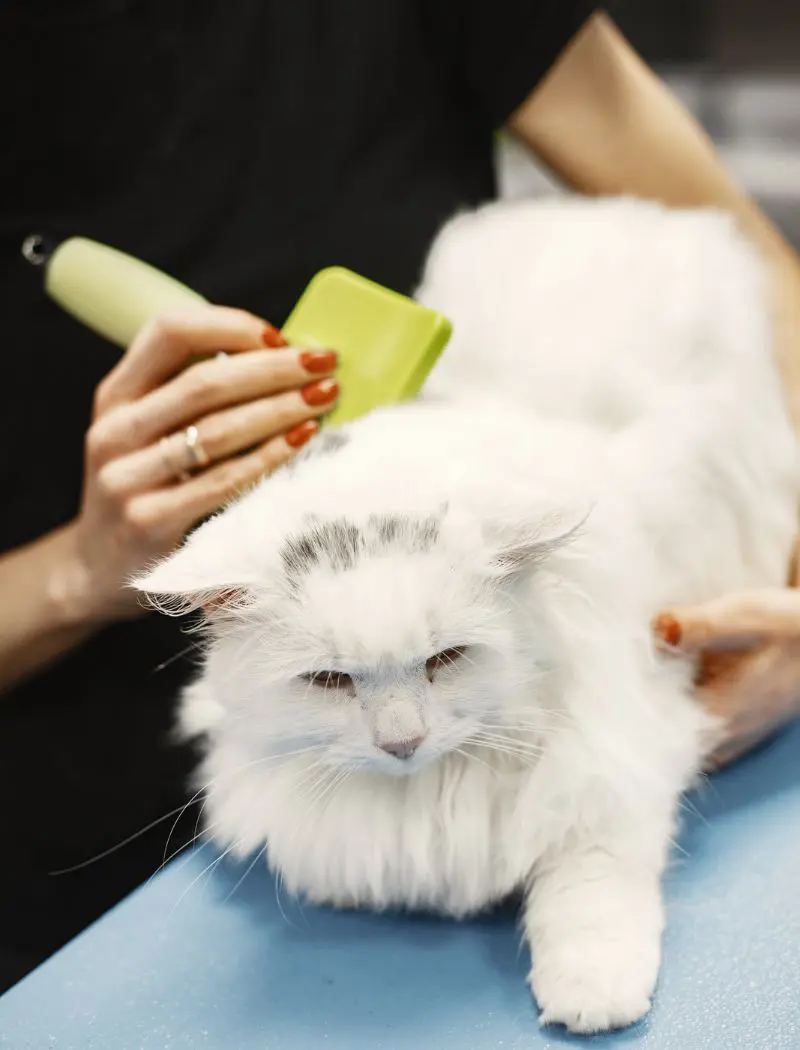
Preventing matting requires consistent care and attention to their maintenance requirements, especially for those with long or dense outer layers. Regular brushing is one of the most effective ways to keep their fleece smooth by using a slicker or a wide-toothed groomer.
Professional grooming can be a great addition to the care routine of those cats that have thick coats or those prone to matting as they can trim fur in areas where mats are likely to form. Feeding them high-quality food can also improve the health of their coat and make them less prone to tangling.
Proper hydration is also necessary to maintain their skin and fur quality. It is important to use de-shedding tools or brushes during high-shedding periods that can help remove excess fur before it causes problems.
Detangling Tips
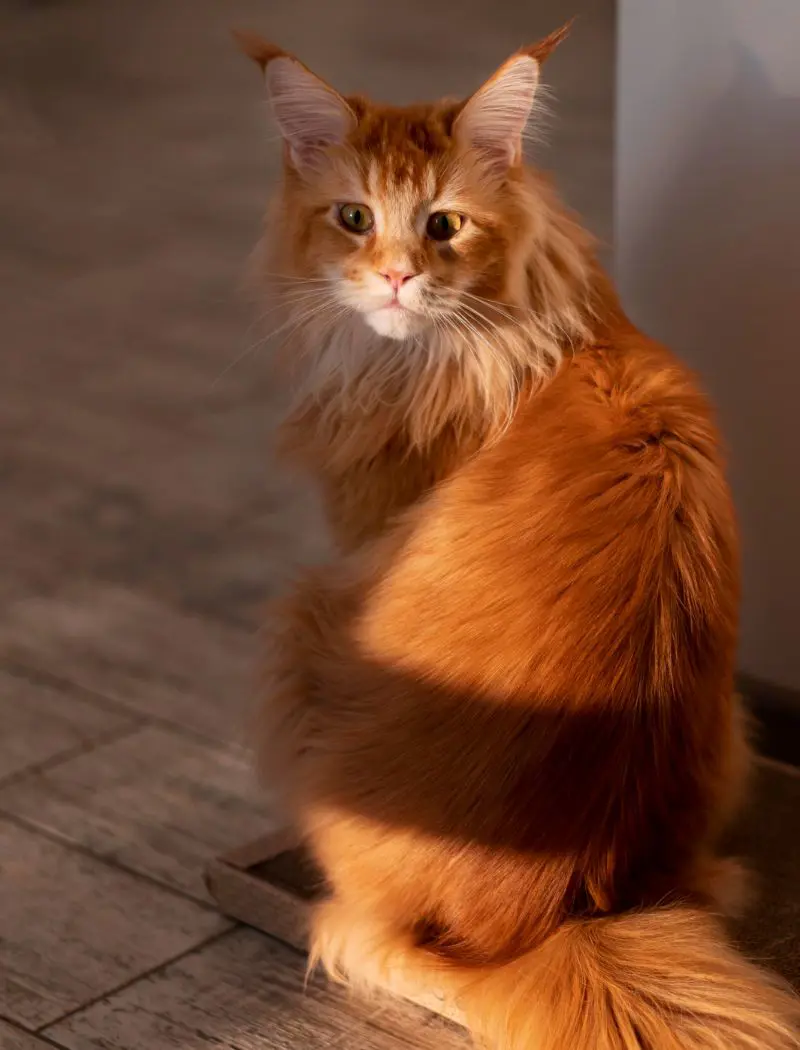
Use The Right Tools
Using the right tool can make a big difference when detangling mats. Specialized detangling combs like wide-toothed combs or slicker brushes can work best for removing tangles.
You can also use a mat splitter or a mat rake for tight mats as it is designed to break up mats without causing too much discomfort. It is advised to not use scissors unless absolutely necessary as it can easily cause an accident on their skin which is delicate and close to the base of the fur.
Prepare The Area
Creating the wrong setup while detangling their fur can make them anxious and uncooperative as cats are sensitive animals. Choose a quiet space where you will not be disrupted and make sure to close the door to keep your cat from running mid-session.
Place them on a stable surface that is non-slippery like a grooming table or a counter covered with a towel so that they are comfortable. Make sure that you gather all the tools before starting and place them within arm's reach which helps you to focus on the task without pausing to look for tools.
Start Gently From The Edges
Always start gently from the edges rather than the center when detangling your cat's matted fur as it minimizes discomfort and reduces the risk of pulling their skin. It also allows you to slowly loosen the mat in manageable sections, which makes the process more efficient and less stressful.
Work in small, slow movements by avoiding yanking as it can hurt them and make them unwilling for further grooming. Locate the mat and hold it gently at the base, close to the skin as it helps to stabilize and prevents excessive pulling that can be painful.
Apply A Cat Safe Detangling Spray
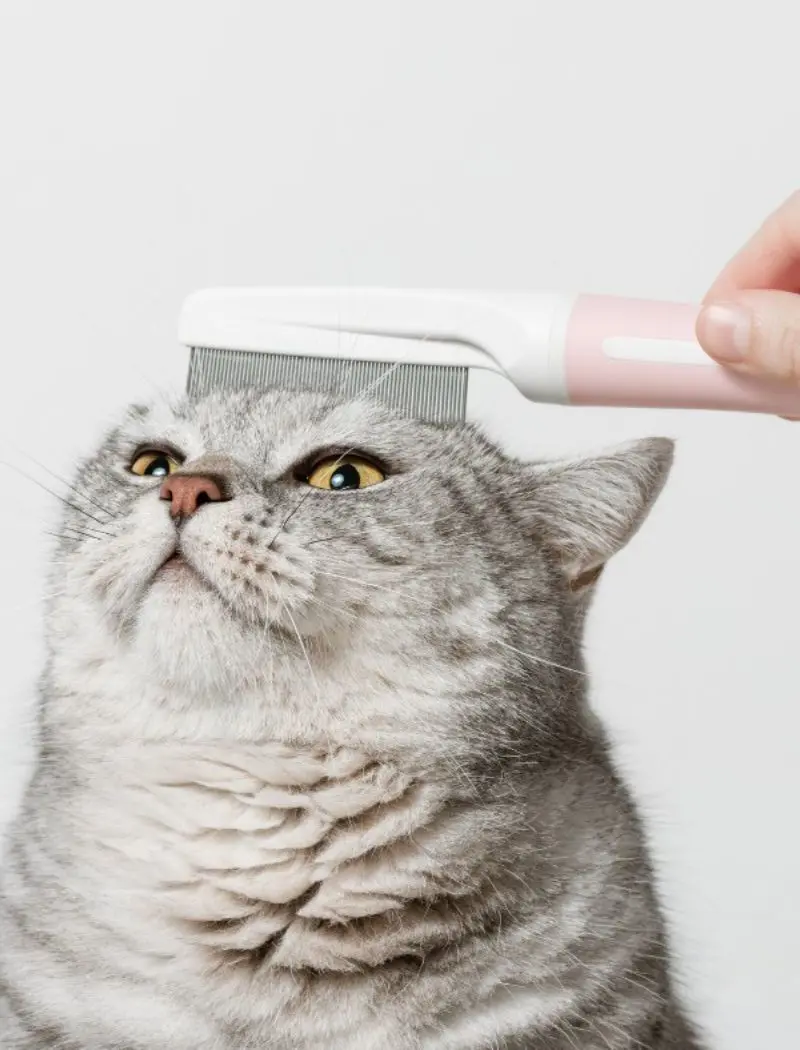
Using a cat-safe detangling spray can make this process much easier and more comfortable as they are designed to soften fur and reduce friction. It is important to choose a product specifically made for cats to ensure it is safe for their skin and fur.
Make sure the cat is in a calm position and lightly mist the spray directly onto the tangle, let it sit for a minute or two, and then comb through the mat from the edges using a wide-toothed comb or your fingers. Always be careful to use a detangling spray that is free of harmful chemicals that can irritate your cat.
Break Up Large Mats
Mats that have grown tight and thick can be especially challenging to remove and may cause discomfort if not handled carefully. Working on it gradually by breaking it into smaller, manageable sections can be helpful.
You can use a mat splitter as it helps to break them into smaller pieces without cutting their fur entirely. Keep in mind to work in the direction of hair growth to minimize discomfort. Once it is divided, use a comb or dinger to gently detangle the individual sections.
Take Breaks
Taking breaks is an important step for keeping your cat comfortable and ensuring a positive grooming experience. Cats can easily become restless if they are not used to being groomed for longer periods and pausing can give them time to relax, making it easier to continue.
Give them a chance to calm down if they show signs of discomfort, such as vocalizing or trying to run, and reassure them with gentle petting. Taking a break will also help you to assess your progress and prevent the process from becoming exhausting.
Top Lists



